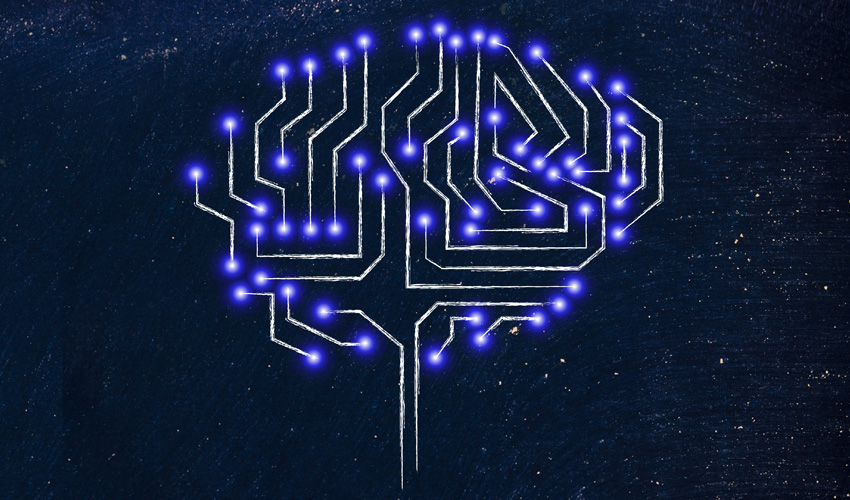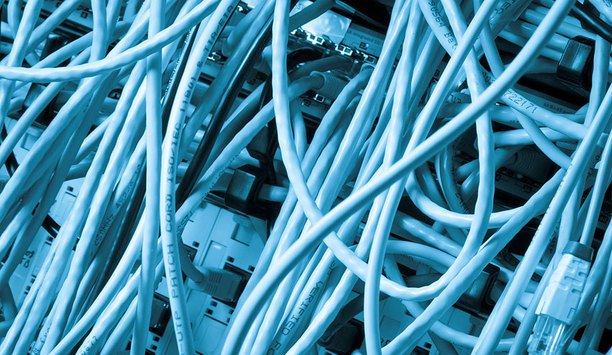The field of artificial intelligence known as machine learning or cognitive computing has in recent years become highly popular. The meteoric rise of “deep learning” technology over the past several years has been truly dramatic in many industries. Industry giants from Google, Microsoft, Facebook, IBM and many others have been pouring massive amounts of investments in this field of artificial intelligence. The machine learning field has exploded on the scene with the breakthrough in the new “deep learning” technology.
Developments in deep learning have ramifications for the physical security industry, too. In video analytics, for example, deep learning has shown promise to improve some difficult problems, although more work is needed. This article will cover the evolving field of deep learning and its potential impact on the security and video surveillance markets.
Evolution Of Deep Learning
The field of deep learning evolved from “artificial neural nets” from the 1980s. In the early years of this branch of artificial intelligence, the neural nets are modeled after a human’s brain, which consists of over 100 billion neurons. The field of neural networks never really took off in the ‘80s and ‘90s due to many reasons. The key limitations of the earlier systems are the difficultly to train the network; and the hardware CPU technologies were too slow to properly train a neural net that can solve meaningful real-world applications.
Over the past several years, real |
The 1980s and 1990s were the dark days of neural network research. Since 2000, the research community of neural nets has really started to garner industry labs’ attention from the breakthroughs in deep learning work in academia at the University of Toronto, NYU, Stanford and others. Over the past several years, real world applications of deep learning now encompass many industries including handwriting recognition, language translation, automatic game (chess/Go) playing, object classification, face recognition, medical image analysis, autonomous driving cars and many other fields.
One example of the excitement with deep learning technology is the recent breakthrough from Google’s AlphaGo, a computer program that for the first time beat a professional human Go player in October, 2015. The sophistication of the Deep learning based program has astonished many in the field of artificial intelligence due the complexity of the ancient Asia GO game, which is considerably more complicated than chess.
Video Surveillance Applications For Deep Learning
Although deep learning has been applied to many industries with breakthrough results compared to legacy systems, not all applications are suitable for deep learning. In the field of video surveillance, several applications stand out that can benefit from deep learning.
Face recognition. Deep learning technology has significantly improved the accuracy rate of face recognition. The National Institute of Standards and Technology (NIST) has conducted Face Recognition Vendor Test (FRVT) test over the past decade. The improvements over the last 20 years of face recognition error rates have decreased by three orders of magnitude, according to an NIST Interagency Report. Most of today’s top-performing commercial face recognition products are based on deep learning. The accuracy has reached 99.9% for controlled environments like airport immigration face recognition applications, according to research by Facebook and Tel Aviv University.
Person and object detection. Person detection and object detection is another area where deep learning has shown tremendous progress. For example, over the past five years, the IMAGENET database has organized the “large scale visual recognition challenge,” in which image software algorithms are challenged to detect, classify and localize a database of over 150,000 photographs collected from Flickr and other search engines. The dataset is labeled into 1,000 object categories. Many deep learning systems are trained with over 1.2 million images from the IMAGENET dataset running on GPU based hardware accelerators. The improvements in accuracy range from 72% to over 90% from 2010 thru 2014. In 2015, all IMAGENET contestants used deep learning techniques.
 |
| In the field of video surveillance, several applications stand out that can benefit from deep learning |
Deep Learning-Based Video Surveillance Solutions
A key advantage of deep learning-based algorithms over legacy computer vision algorithms is that deep learning system can be continuously trained and improved with better and more datasets. Many applications have shown that deep learning systems can “learn” to achieve 99.9% accuracy for certain tasks, in contrast to rigid computer algorithms where it is very difficult to improve a system past 95% accuracy.
Deep learning has the true potential |
The second advantage with deep learning system is the “abnormal” event detection. Deep learning systems have shown remarkable ability to detect undefined or unexpected events. This feature has the true potential of significantly reducing false-positive detection events that plague many security video analytics systems. In fact, the inability to reduce false-positive detection rate is the key problem in video surveillance industry; and has to-date prevented the wide scale acceptance of many vendor’s intelligent video analytics solutions.
Open Issues With Deep Learning Technology For Video
Deep learning in its infancy has shown a lot of promise in improving some hard, and difficult video analytics problems. Much more work needs to be done to fine-tune the generic deep learning system to learn and detect domain specific events that are unique to security-oriented environments.
The second challenge is that the engineering talent for deep learning is in extreme short supply. Most graduates today come from the top universities and upon graduation are immediately snapped up by Internet giants like Google, Facebook, Amazon, Microsoft, etc. The competition for trained machine learning engineers is intense.
The third challenge is that not all video analytics algorithms are best applied with deep learning. There are many legacy computer vision algorithms that have been developed over decades that are very well suited and deployed in commercially successful products. For example, license plate recognition performs very well with computer-vision based algorithms. Industry needs to do more research in hybrid systems the combine the best of computer vision algorithms and deep learning.
What’s Next?
Similar to cloud computing and big data technologies, deep learning technology is now emerging as the third wave of rapid advances that have taken over the information industry by storm.
Over the next decade, very few areas in the technology sector will not be touched by the advances of cloud, big data and machine learning. For the video surveillance industry, this is welcome news. The industry has been lacking in innovations that can significantly advance the state-of-the art.























